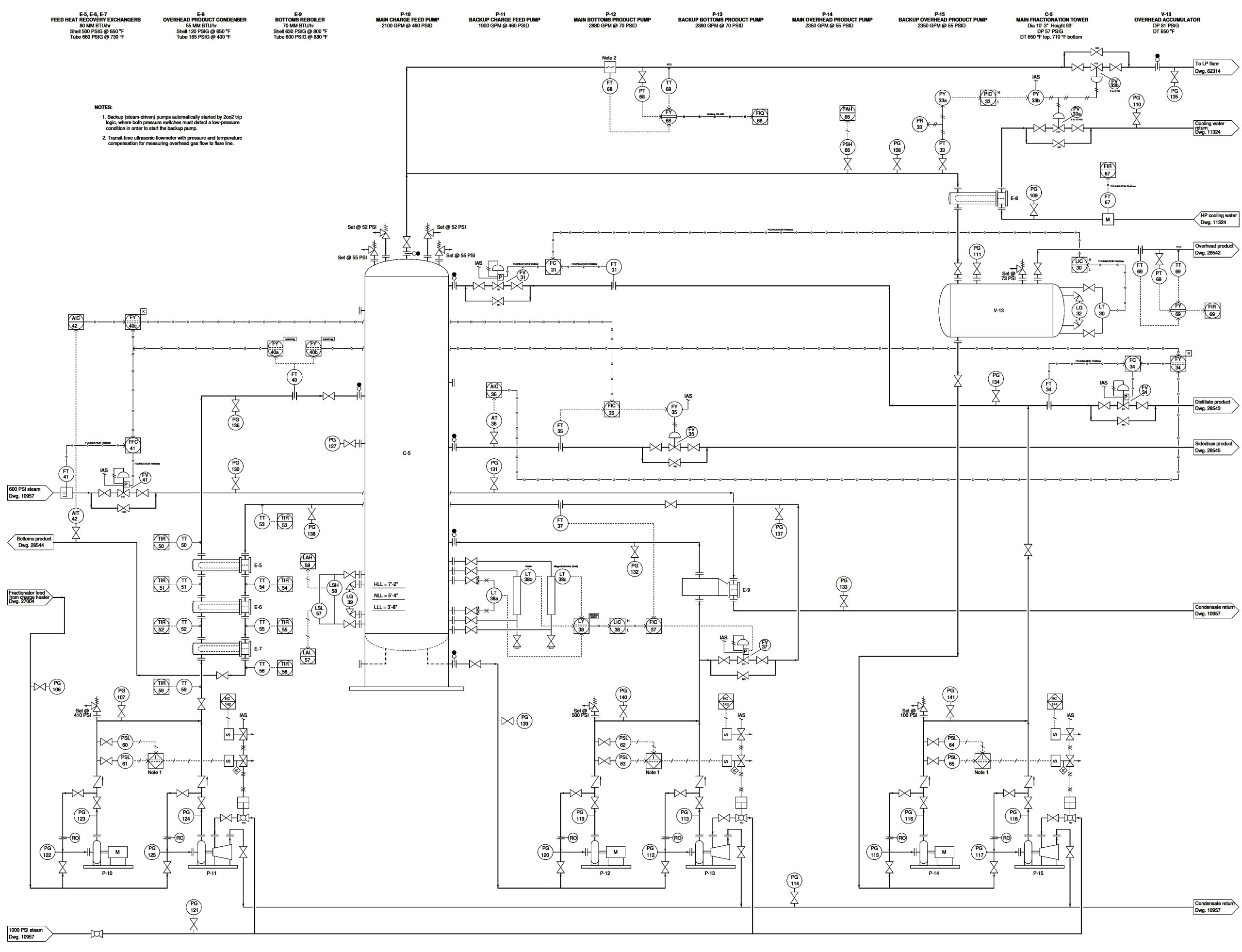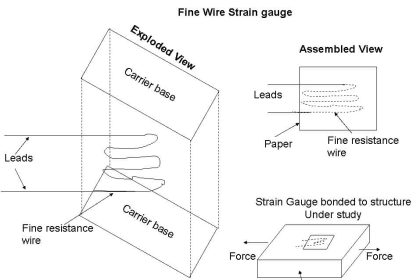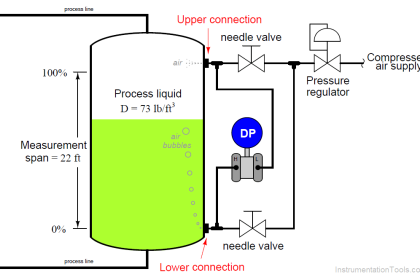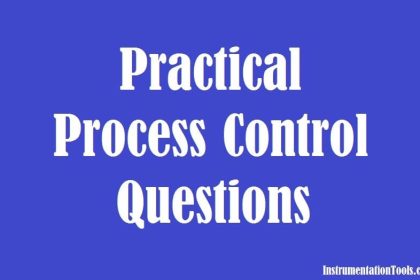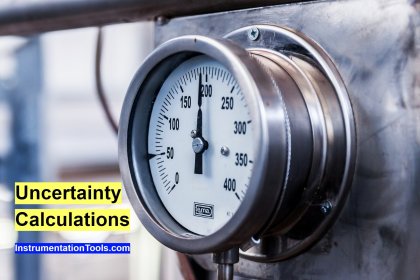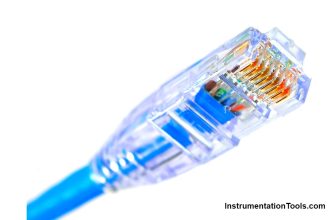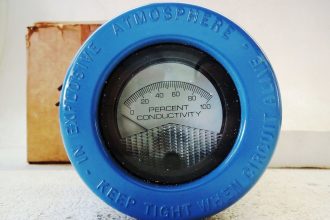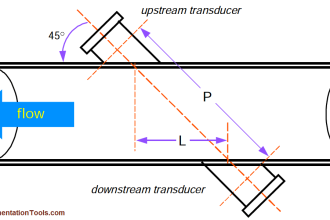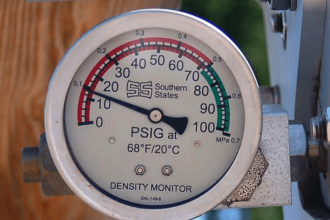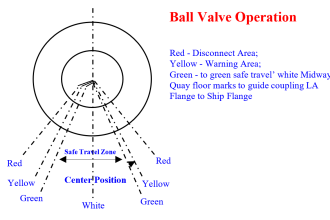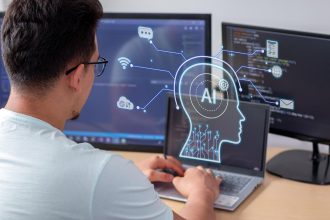An operator claims pressure gauge PG-108 is defective and needs to be replaced. This pressure gauge registers 50 PSI, while pressure controller PIC-33 and pressure recorder PR-33 both register the pressure as being equal to setpoint: 43 PSI.
Before replacing this pressure gauge, however, you decide to do some diagnostic thinking to see if there might be other causes for the abnormally high reading at PG-108.
The first thing you check is the position of control valve PV-33a, and you find its stem position to be at 35% open.
Identify the Pressure Gauge Error
Identify the likelihood of each specified fault in this process. Consider each fault one at a time (i.e. no coincidental faults), determining whether or not each fault could independently account for all measurements and symptoms in this process.
Identify the below faults are possible or impossible?
- PG-108 calibration error
- PT-33 calibration error
- PIC-33 left in manual mode
- PY-33a calibration error
- PY-33b calibration error
Finally, identify the next diagnostic test or measurement you would make on this system. Explain how the result(s) of this next test or measurement help further identify the location and/or nature of the fault.
Answer:
The fact that the gauge disagrees with both the recorder and the controller tells us the problem is either with the gauge or with the transmitter. Nothing else (controller mode, valve signal path, PY-33a) could cause this to happen.
Therefore, valid tests include anything to help us discern whether there is a problem in the gauge, in the transmitter, in the resistor, or in the controller’s PV input.
- PG-108 calibration error – Possible
- PT-33 calibration error – Possible
- PIC-33 left in manual mode – Impossible
- PY-33a calibration error – Impossible
- PY-33b calibration error – Impossible
More Questions:
- Based on the information you have at this point, can you tell whether any suspected calibration error is due to a misadjustment of zero or of span? Explain why or why not.
- Is controller PIC-33 direct-acting or reverse-acting? How can you tell?
- Does control valve PV-33a throttle gas or liquid? How can you tell?
- Identify a typographical error in this P&ID.
- A useful diagnostic technique for identifying which instrument is miscalibrated is to compare the readings of multiple instruments (all sensing the same process variable) to see which one of them disagrees most with the others. May we apply this technique to the problem at hand? If so, which instrument readings should we compare? If not, explain why not.
Share your answers with us through the below comments section.
Read Next:
- Loop Diagram Questions
- Faults in a Transformer
- Control Loop Questions
- Pressure Control Loop
- Problem with Pirani Gauge
Credits: Tony R. Kuphaldt
